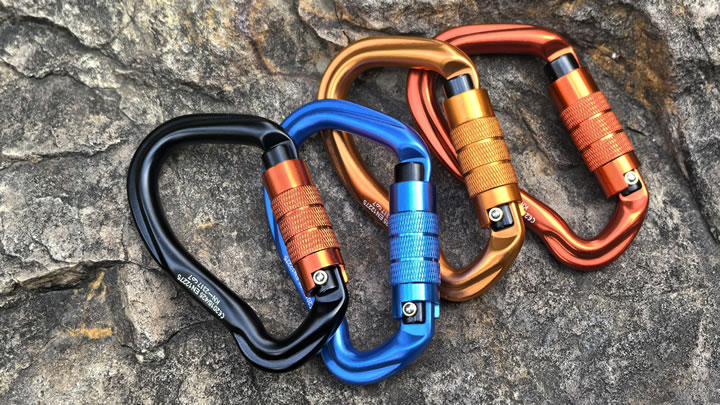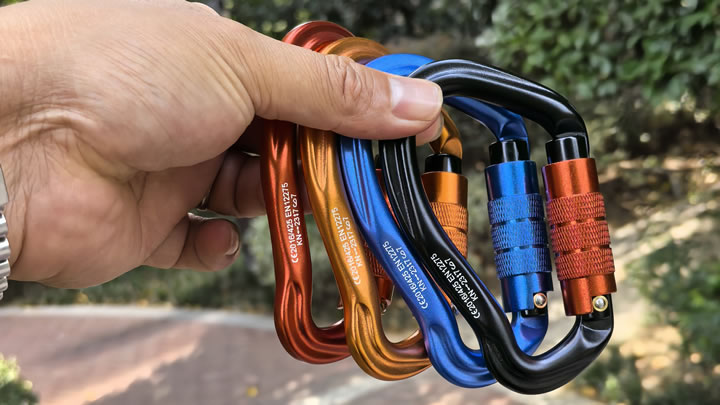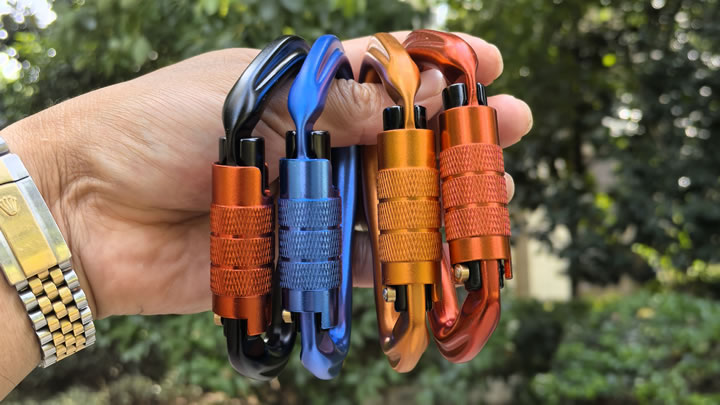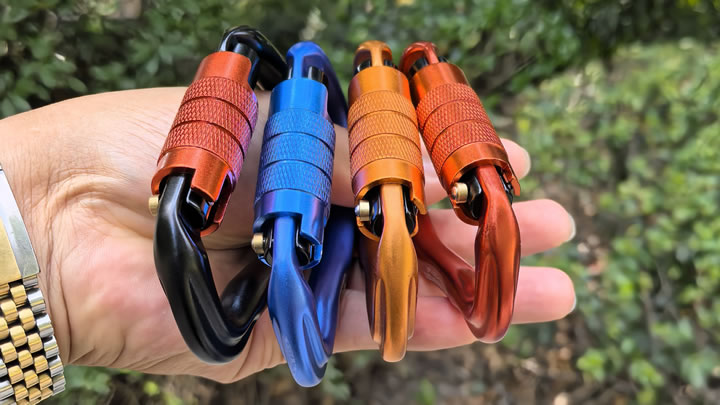Leave No Trace principles for campers (detailed guide)
Camping offers unparalleled connection with nature. To preserve these wild spaces for future generations, responsible campers embrace Leave No Trace (LNT) principles. This detailed guide goes beyond the basics, providing actionable insights for ethical wilderness stewardship.
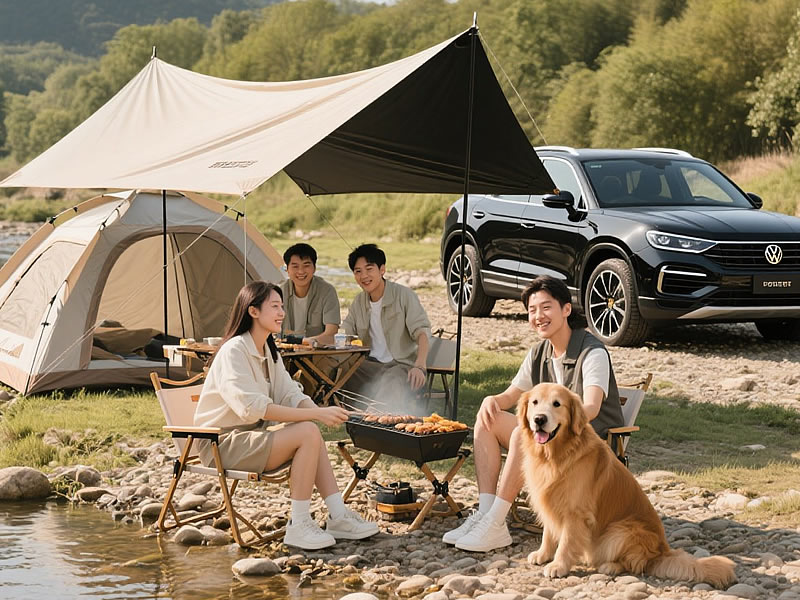
Understanding the Core 7 Principles:
- Plan Ahead and Prepare:Research: Know regulations, weather, terrain, wildlife, and fire restrictions for your specific location (national park, state forest, wilderness area). Obtain necessary permits.Skill Level: Match your trip to your group's abilities. Avoid times of high use.Repackage Food: Minimize packaging waste before you go. Plan meals carefully.Essential Gear: Pack maps, compass/GPS, rain gear, insulation, first-aid kit, repair kit, sanitation supplies (trowel, biodegradable soap), and bear-resistant food storage where required.
- Travel and Camp on Durable Surfaces:Established Trails & Campsites: Stick to existing trails and designated campsites whenever possible. Walk single file in the middle of the trail, even when muddy.Pristine Areas (Dispersed Camping): If no sites exist, camp on durable surfaces: rock, gravel, sand, dry grasses, or snow. Camp at least 200 feet (70 adult steps) from lakes, streams, and trails to protect riparian areas.Minimize Impact: Keep campsites small. Avoid trampling vegetation. Disperse use in pristine areas; avoid creating new trails or sites.
- Dispose of Waste Properly:Pack It In, Pack It Out: EVERYTHING you bring must leave with you. This includes food scraps, litter, toilet paper, hygiene products, and even biodegradable items like orange peels.Human Waste: Use outhouses or pit toilets whenever available. Otherwise, dig a cathole 6-8 inches deep in organic soil, at least 200 feet from water, campsites, and trails. Cover and disguise completely. Pack out toilet paper and hygiene products in a sealed bag (WAG bag systems are best practice in many sensitive areas).Wastewater: Strain food particles from dishwater (pack them out) and scatter strained water widely, at least 200 feet from water sources. Use minimal amounts of biodegradable soap.
- Leave What You Find:Preserve the Past: Examine but do not touch cultural or historic structures and artifacts.Natural Objects: Leave rocks, plants, shells, feathers, and other natural objects where you find them. Avoid introducing non-native species (clean gear between trips).Avoid Altering Sites: Don't build structures, dig trenches, or hammer nails into trees. Let others experience the discovery.
- Minimize Campfire Impacts:Know Before You Go: Check fire regulations and current fire danger levels. Consider a portable stove for cooking – it's often the lowest-impact option.Use Existing Rings: If fires are permitted and safe, use established fire rings in designated sites. Keep fires small.Fuel Source: Only use small sticks and twigs found dead and down on the ground that can be broken by hand. Never cut live trees.Extinguish Completely: Drown the fire with water, stir the ashes, drown again, and feel for heat with the back of your hand. It should be cold to the touch before leaving.
- Respect Wildlife:Observe from Afar: Use binoculars or a zoom lens. Never follow, approach, or feed animals (intentionally or by leaving scraps). Feeding alters behavior and is dangerous.Secure Food & Trash: Store food, trash, toiletries (anything scented) in bear canisters or bear hangs (properly done, 10-15 ft high, 4 ft from trunk/branch) 24/7. Cook and eat away from sleeping areas.Control Pets: Keep pets leashed or under strict voice control where allowed. Know pet regulations beforehand.
- Be Considerate of Other Visitors:Respect Solitude: Yield to others on the trail (uphill hikers typically have right-of-way). Keep noise levels down – voices, music, pets. Camp away from trails and other groups.Manage Lights: Use minimal light at night to preserve natural darkness and others' experience.Choose Campsites Thoughtfully: Avoid camping right next to a water source someone else might need to access.
Pro Tips for Campers:
- Pre-Trip Scrub: Clean gear, boots, and boat hulls to prevent spreading invasive seeds or diseases.
- Clothing Choice: Wear earth-toned clothing to blend in and minimize visual impact on wildlife and others.
- Group Size: Keep groups small (ideally 4-6 people) to lessen impact and noise.
- Waste Bags: Pack dedicated, sturdy bags for trash and human waste.
Why LNT Matters:
Leave No Trace isn't just rules; it's an ethic. It protects fragile ecosystems, ensures clean water sources, minimizes human-wildlife conflicts, preserves cultural heritage, and guarantees that future campers experience the same sense of wildness and solitude you seek. By internalizing and practicing these principles diligently on every trip, you become a vital guardian of the natural world. Your choices directly shape the health and accessibility of our shared wild places. Tread lightly, leave only footprints (and even those minimized), and take only memories and photos.


